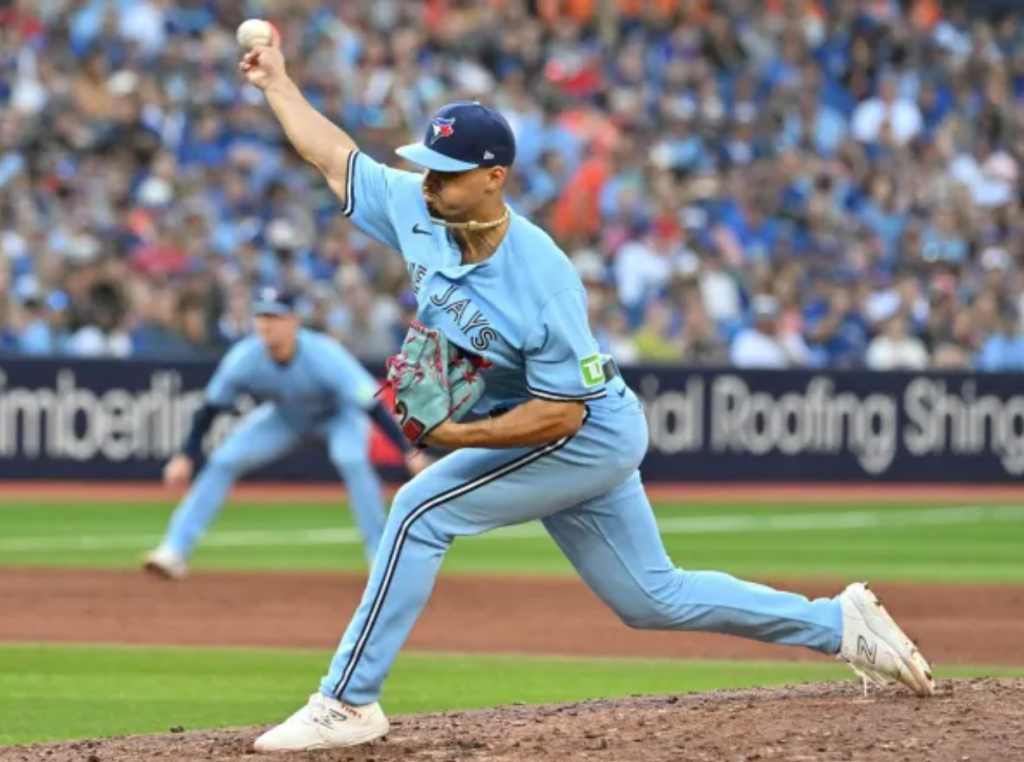
In the pitching world the word velocity has become how most pitchers are initially judged. Unfortunately, there is no single thing I could tell you to do to increase velocity as every pitcher is different. What may work for one pitcher may not work for another. Every pitcher is built differently and trying to get there from a different starting point. This leaves no single way to map out a game plan to increase your. However, in this blog I would like to touch briefly on 10 different topics on how to increase pitching velocity in the weight room.
-
- Increase Lower Body Strength
- Increase Power Output
- Gain Lean Muscle Mass
- Increase Lead Leg IR
- Improve Anterior / Rotary Core Control
- Improve Posterior Cuff Strength
- Improve Soft Tissue Quality
- Create Dynamic Stability
- Improve Core Stability and Transfer of Power from Lower Body to Upper Body
- Stop Throwing For at Least 6 Weeks in the Off-Season
1. Increase Lower Body Strength
Off-season is the time of year when you may want to steer your focus towards adding more lean muscle mass (hypertrophy) and getting more “athletic”. A pitcher will be much more aware of using his lower body if he becomes more aware that he has one! In addition, the posterior chain (hamstrings and glutes) is among the biggest and most powerful muscles in the body. If you are wondering how to increase pitching velocity, let me be very clear, you must increase your lower body strength..
Trap Bar Deadlift
2. Increase Power Output
The equation for power is Force x Velocity. So, once we increase force production by training strength, we now have to learn to apply our new found strength quickly. We love utilizing weighted jumps to help get our pitchers to produce force more rapidly thus increasing their power on the mound / field.
Trap Bar Jumps
Strengthening lower half strength and power in the weight room will also help to release testosterone, a major player in gaining “lean muscle mass” which brings us to topic #4.
3. Gain Lean Muscle Mass
Statistics have shown that there is a clear relationship between body mass and velocity. More body weight gives a pitcher more force when moving down the mound, thus having a positive impact on velocity. The downside to this, however, is that the lead leg must absorb that extra force upon landing (at foot strike). If the body weight gained is lean muscle, the leg will be stronger and better able to stabilize with no problem. However, a body that gained “body fat” with little lean muscle mass and is still trying to support the extra force at landing will be much more likely to get injured.
Ideally, we want both body weight and body fat to be within a certain range. Most (not all) of today’s minor league and professional pitchers, on average, have anywhere between 10-15% body fat. To measure body fat and mass you could easily get a scale that does both. Below is what 225 lbs. looks like at different body fat percentages.
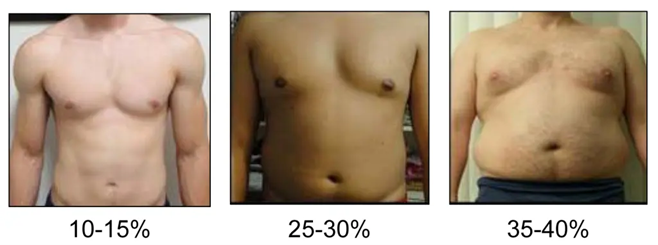
Gaining lean muscle mass will give you the strength to deal with all the new force your body is creating. Regarding control issues, if the weight gain is done naturally, it would be gradual. Most control issues happen when a pitcher gets “too big too fast”. Once his pitching coach teaches him to settle into his new more powerful machine, he can begin to use the extra velocity to his advantage.
4. Increase Lead Leg IR
Along with the dominant arm, the lead (or plant leg) is another area where Internal Rotation is lost partially due to the forces applied to it during foot strike and follow through.
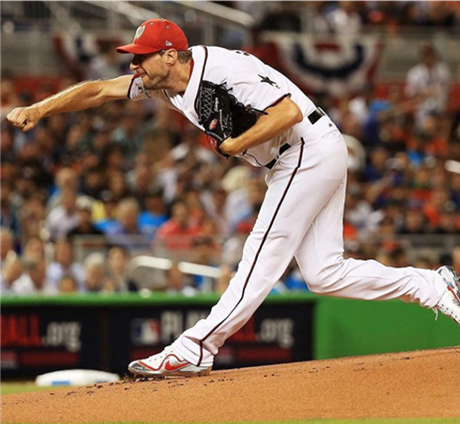
After a long season, the hip can get rather “gritty” down there. This can also drastically effect opposite arm IR due to the fact that the lower body cannot adequately help decelerate, causing the upper body to overcompensate creating a “bang” on the anterior shoulder. The single-leg deadlift or “SLDL” is a great one to both get more IR in the hips as well as strengthen them at the same time.
SLDL
5. Improve Anterior and Rotary Core Control
Any pitcher workouts to increase velocity must incorporate the core. Pitching is a rotational sport and the core is at the center of all rotational movements. The ability to create great core stiffness during both lay back and follow through is essential to creating adequate torque and separation between the upper and lower quarters, thus creating the “whipping” action that helps create the forces necessary to throw hard. Increasing anti-rotational core strength will help assure that you’re getting that separation from the right place and not from your lower back or from cranking at the elbow.
Here’s an exercise that not only helps strengthen the core during separation,, but also works on t-spine mobility all at the same time.
Core stability at Stride Length
6. Improve Posterior Cuff Strength
Velocity requires both arm strength and arm speed. And there is a difference between the two. Cuff strength and scap stability helps build arm strength. Throwing builds arm speed, not strength. Strengthening the posterior cuff will also help with decelerating the arm during throwing. Results? To name a few, less “bang” on the anterior (front) of the shoulder during follow through and less anterior glide (this is when the arm migrates forward “popping out” in the front of the shoulder) during the “lay back” position.
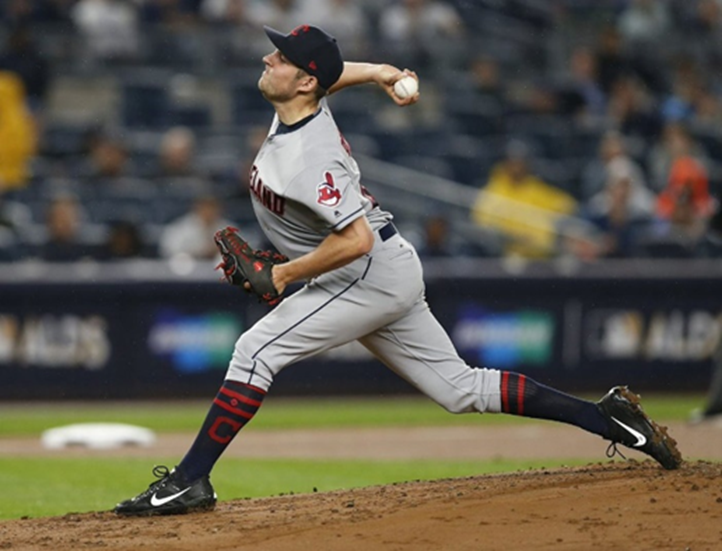
7. Improve Soft Tissue Quality
Long seasons combined with a short off-season leads to compromised soft tissue quality (scar tissue and “knots” that form on the fascia of the muscle), causing faulty movement patterns and sometimes pain. If you can’t move correctly you can’t optimize the necessary mechanics to throw at high velocities.
Another benefit to doing soft tissue work is that it delivers the benefits of stretching to pitchers with “laxity” (loose joints). Laxity is prevalent in many pitchers, whether it be from genetics or throwing, so they generally shouldn’t be stretching through they’re passive restraints to begin with.
Implementing foam rollers, lacrosse balls and tiger tails before workouts and games is a great and inexpensive way to warm up and help maximize performance. Be sure to focus on the pec minor, lats, t-spine and triceps to name a few. Here are a couple examples:
Pec Minor
Dowel Pec Mob
8. Create Dynamic Stability
We need to create strength, timing, and stability in the shoulder, but we have to make sure we can do it while the arm is in motion! The shoulder moves in three planes of motion, Sagittal (front to back), Frontal (side to side), and Transverse (rotational). So, while it is moving in one direction, the cuff musculature is firing to help stabilize in the other two directions. More injuries are caused from poor firing of the cuff than actual weakness of the cuff. This requires strength, timing of the scapula on the ribcage and timing of the humerus (arm) on the scapula.
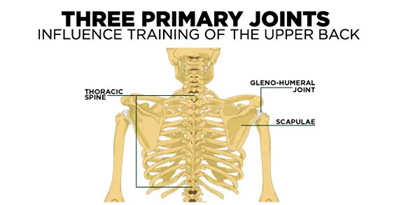
Here’s one exercise that puts it all together:
Band Retraction to Low Row
9. Improve Core Stability and Transfer of Power from Lower to Upper Body
More than half of a pitcher’s power comes from the lower body. If the core is not strong enough to help transfer this power into the upper body and through to the extremities (arm), it will cause what we call “energy leaks” (power lost through insufficient movement) and have a negative effect on the pitcher’s ability to throw gas. Enter Dynamic Cable Lifts:
Dynamic Cable Lift
10. Stop Throwing For at Least 4-6 Weeks in the Off-Season
Most arms and hips are not designed to tolerate year-round pounding that a pitcher endures during a long season, which is why many guys start complaining about anterior (front) shoulder pain, medial elbow pain and low back pain late in the season. Taking time off from playing in the off-season is crucial to help with losses of IR in the throwing shoulder and lead leg as well as cranky lats and lower backs just to name a few.
In addition, velocity requires both arm strength and arm speed. There is a difference. Cuff strength and scap stability helps build arm strength, not arm speed. Throwing builds arm speed, not strength. Throwing requires endurance. You cannot have muscular endurance without muscular strength. If that were the case, young pitchers would be throwing year-round, getting stronger, not weaker and injured. These issues need to be addressed to guarantee a pitcher will be “tuned-up and ready” for the spring.
How to Increase Pitching Velocity?
The quest for velocity can also come at a price. Some pitchers in velocity programs claiming they can get you that “extra 3-5 mph” without even knowing if the pitcher has built up a stable enough base of support through strength training to be able to handle it. He may get that 3-5 mph but chances are he won’t keep it there or end up getting injured.
To summarize here, pitcher workouts to increase velocity should be top of mind for every pitcher. My simple advice is “get strong and mobile” first; the rest will fall into place and velocity will come. There are a lot folks who pitch the idea of how to increase pitching velocity by 10 mph. My suggestion is be weary. Improving velocity is a process with many different attributes that go into it. As you look to develop your velocity, also keep in mind that there many reasons why velocity may go up or may go down during the season.
See ya in the gym…
By Nunzio Signore (BA, CSCS, CPT, NASM, PES, FMS)
If you’d like to be added to our email list, please enter your information below!

